As a pediatrician, one of the most common and preventable issues I see during the summer months is dehydration in children. With school out, kids are often outside for longer stretches, enjoying sports, camps and backyard play. While sunshine and fresh air are wonderful and important for childhood health, the heat, humidity and increased physical activity can quickly lead to dehydration and other illnesses related to heat. Without adequate hydration, children will begin to feel more tired and weak, which can lead to serious complications if not addressed appropriately.
Did you know that by the time a child feels thirsty, they are likely already dehydrated? It’s important to replace those fluids by making sure kids drink enough before they feel thirsty and prevent symptoms of dehydration, especially in the hot summer months.
Children are more vulnerable to dehydration than adults. Their bodies don’t cool down as efficiently, and they may not recognize the signs of thirst until they’re already mildly dehydrated. In the summer heat, children lose fluids more quickly than adults, not only through sweating and urine, but through faster breathing and heart rates during physical activity.
Know what dehydration looks like
Children and babies are more likely to become dehydrated than adults. But some kids can’t or won’t always tell you they are thirsty. One good way to know if a child is drinking enough water is to look at their urine. It should be light yellow to clear like water. If it’s dark yellow or orange, this is a sign of dehydration. In fact, no matter how old you are, urine color is a great way to see if you’re drinking enough water.
- Mild dehydration symptoms include dizziness, nausea, headaches, dark urine and dry lips, tongue, mouth or throat. The best treatment for mild dehydration is to give your child more fluid to drink, such as water or oral rehydration solutions. Drinks high in electrolytes are also helpful.
- Severe dehydration symptoms can be dangerous. If a child has extreme thirst, tiredness, paleness, sunken eyes, lack of urination, lack of tears when crying, feeling cold to the touch, irritability, drowsiness, confusion or excessive breathing, make sure to have them checked out by a medical professional as soon as possible.
Tips to stay hydrated
Getting active kids to keep drinking can be a challenge. Kids learn by watching others, so everyone in the family (adults too!) should make an effort to drink the right amount of water every day. Here are some tips to help your entire family build healthy hydration habits.
- Make hydration a family goal. Drinking water is one of the best things kids (and adults) can do to keep their bodies healthy. If everyone in the house commits to staying hydrated and drinking enough water, it will be easier for kids to join in. The entire family will reap the benefits of getting enough water and establish a great habit to keep throughout the year.
- Make water their primary drink, not juice or soda.
- Make water easily accessible. Give kids their own fun, reusable water bottles and make sure they are refilled regularly throughout the day. Keep a pitcher of cold water ready in the fridge and help them develop the habit of drinking water regularly all day and not all at one time.
- Younger kids should drink water or milk with meals, rather than juice. Dilute juice with water if necessary.
- Offer water-rich foods. Fruits and vegetables, like watermelon, strawberries, bananas, oranges and cucumbers are naturally hydrating and making great summer snacks and can give kids an extra water boost.
- Try flavored water or electrolyte drinks for kids who don’t like the taste of water. Of course, double check the sugar content for these drinks and consider diluting them appropriately.
The amount of water that is best for a child to drink each day depends on their age and any health conditions. General recommendations for daily water intake for children are:
- Ages 1 to 3: Approximately two to three glasses (16–24 ounces)
- Ages 5 to 8: Five or more 8-ounce glasses (more than 40 ounces)
- Ages 9 to 12: Seven or more 8-ounce glasses (or more than 56 ounces)
- Ages 13 and up: Eight to 10 8-ounce glasses (or more than 64 ounces)
Of course, on hot days or during physical activity, children may need to drink even more. As a rule of thumb, they should be encouraged to drink water before, during, and after outdoor play or exercise.
Different rules for babies
Babies less than 1 year old generally get all the fluid they need through breast milk or formula and do not need additional water to drink.
However, infants older than 6 months can have an extra four to eight ounces of water each day if needed. Be sure to check with your primary care provider before giving water to your baby.
Be sure to follow package instructions when adding water to formula and only add the necessary amount. Diluting the formula inappropriately can make your baby sick with an illness called water intoxication and/or keep your baby from gaining weight.
Summer is a magical time for childhood– long days, warm nights and endless play. With a little planning and attention to hydration, your child can enjoy everything the season has to offer safely and healthily. Encourage water breaks, keep those water bottles filled, and pay attention to the signs of dehydration. As always, your pediatrician is always available to support you with any concerns you might have.
Stay cool … and hydrated!
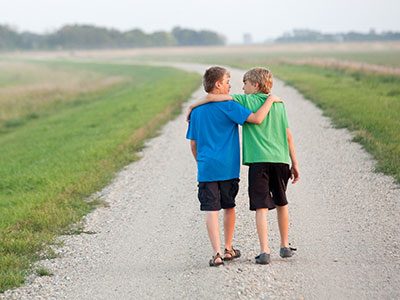 https://riseandshine.childrensnational.org/wp-content/uploads/2025/11/two-friends-feature.jpg
300
400
Danielle Robbins
https://riseandshine.childrensnational.org/wp-content/uploads/2017/11/childrens_riseandshine_logo.jpg
Danielle Robbins2025-11-13 13:55:082025-11-14 10:17:49Navigating friendships when your child has epilepsy
https://riseandshine.childrensnational.org/wp-content/uploads/2025/11/two-friends-feature.jpg
300
400
Danielle Robbins
https://riseandshine.childrensnational.org/wp-content/uploads/2017/11/childrens_riseandshine_logo.jpg
Danielle Robbins2025-11-13 13:55:082025-11-14 10:17:49Navigating friendships when your child has epilepsy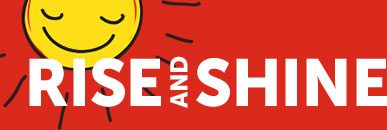



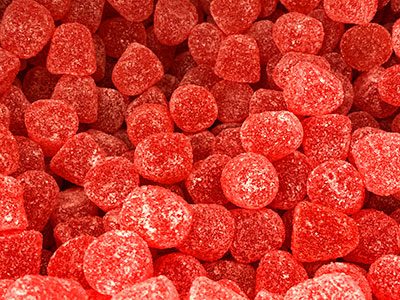
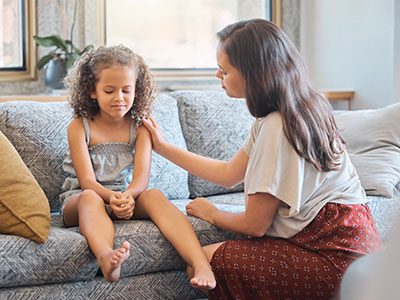
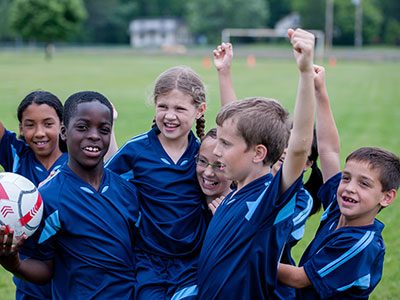
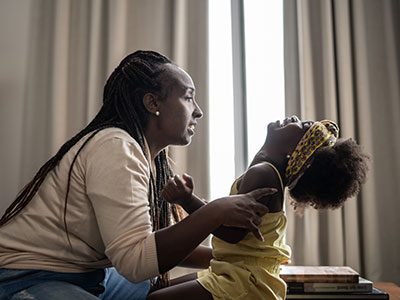
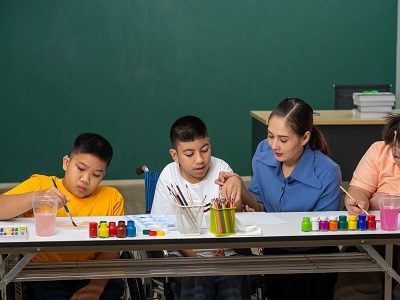
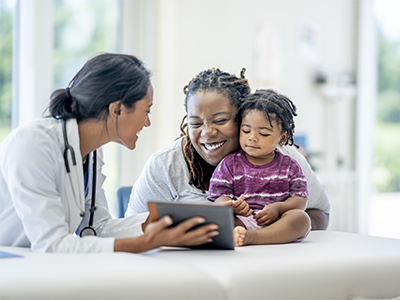
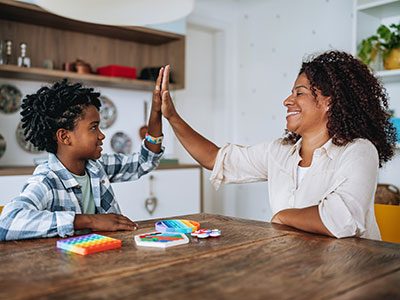
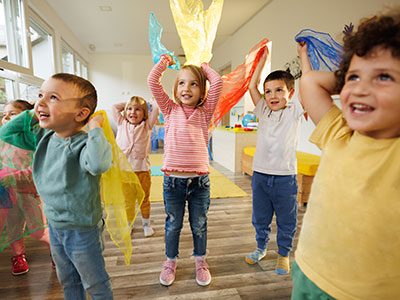


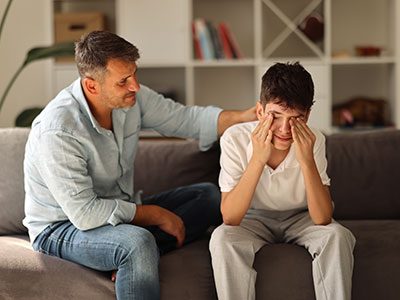
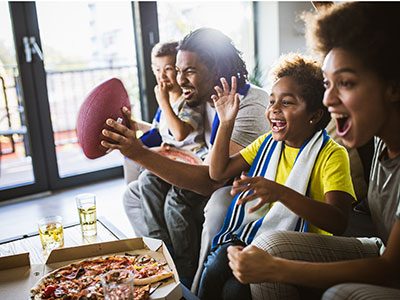

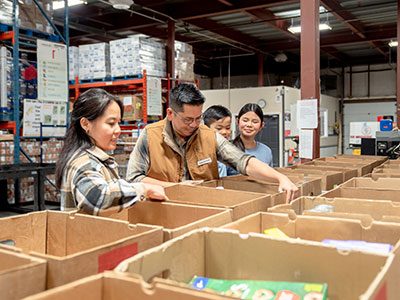
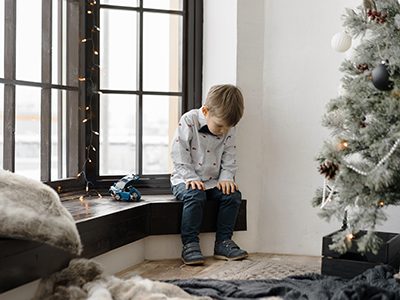
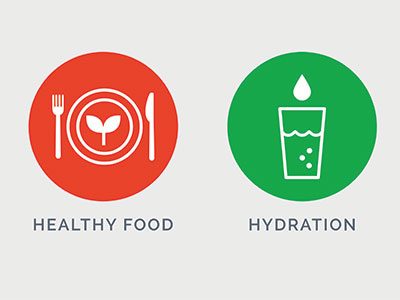

Leave a Comment
Want to join the discussion?Feel free to contribute!